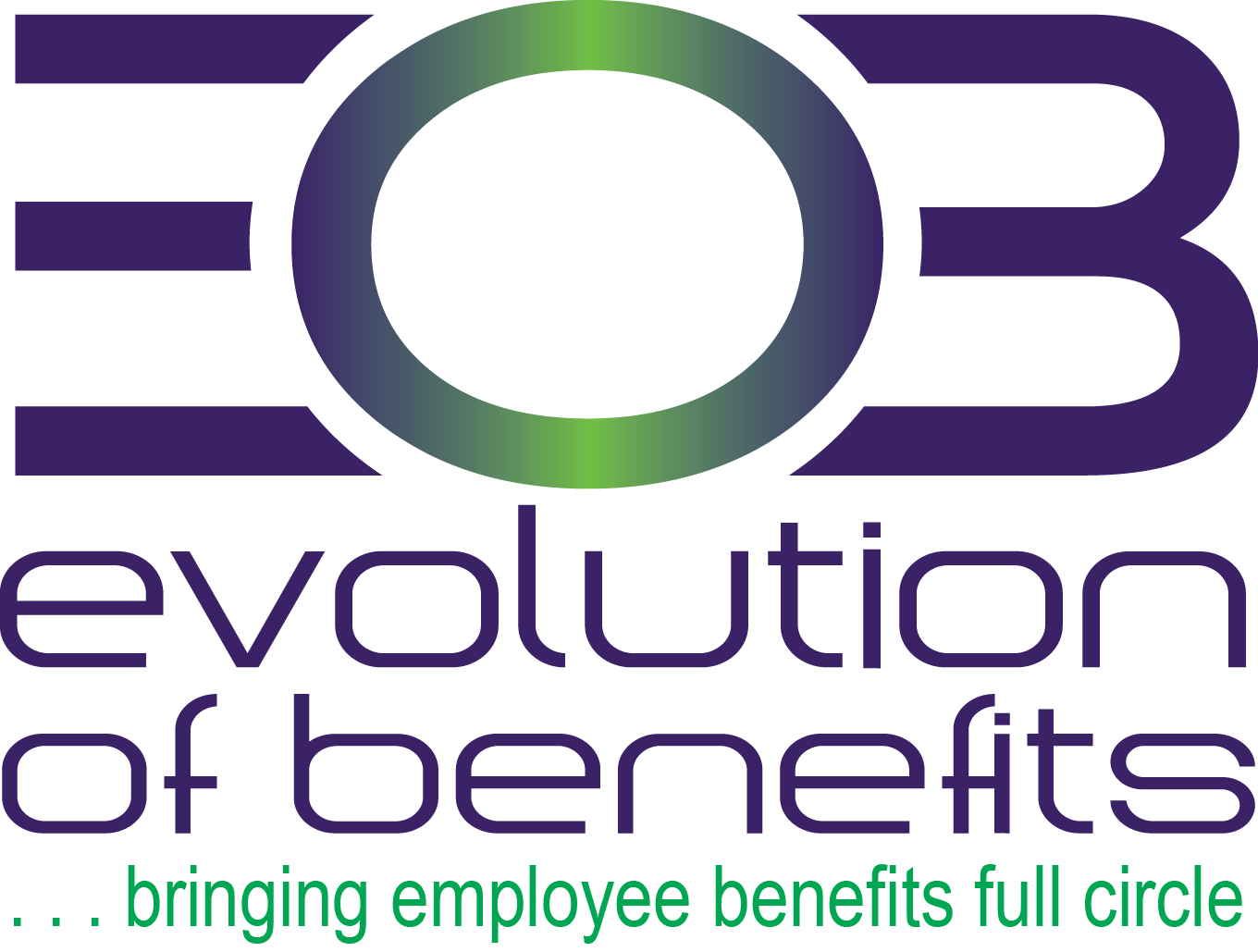Career Elevator: The Importance of Peer-to-Peer Praise (November)

Fostering a positive and supportive workplace culture is more crucial than ever. One of the most effective ways to achieve this is through peer-to-peer praise. Recognizing and appreciating colleagues’ efforts can significantly impact both individual and team performance.
A Workhuman survey found that 41% of employees want to be recognized by a peer,surpassing those who want to be recognized by their managers.
In the Loop – November

Report Shows More Employers Are Adapting Pay Transparency Practices
States and localities have been adding pay transparency requirements since 2021, with even more set to go into effect. Effective Oct. 1, 2024, Maryland employers must disclose certain wage range information in all public and internal job postings. Furthermore, Illinois, Vermont and Minnesota are adding pay transparency rules that will be implemented in 2025.
How, Where and When to Vote in Upcoming Elections
Election Day is Tuesday, Nov. 5, 2024. If you plan to vote, you must register to become a voter. Every state requires this except North Dakota. Some states allow you to register on the day you vote; others may require advance registration.
Benefits and Me: Maximizing Your Open Enrollment (November)

Did you know that nearly 7 in 10 employees spend 30 minutes or fewer reviewing their open enrollment benefits options?
Unfortunately, that’s far less than most Americans’ daily social media time. Open enrollment is crucial for making informed decisions about your health care and benefits. To maximize this period, start by thoroughly reviewing all available plan options and understanding the specifics. This includes examining coverage details, costs and any changes from the previous year. It’s also important to consider your current and anticipated health care needs by reflecting on any health changes, upcoming medical procedures and new medications. Furthermore, utilize available resources such as plan comparison tools,informational webinars and consultations with benefits advisors. Dedicate time to research and ask questions so you can ensure that you select the plan that best meets your and your family’s needs.
HR Brief – OSHA Proposes Heat Injury and Illness Prevention Standard (November)

OSHA recently published a notice of proposed rulemaking in the Federal Register to protect workers from heat injury and illness. If finalized, the new standard would apply to all employers conducting indoor and outdoor work in all general industry,construction, maritime and agricultural sectors where OSHA has jurisdiction, subject to limited exceptions. The proposed rule would be the first federal regulation specifically focused on protecting workers from extreme heat.





















